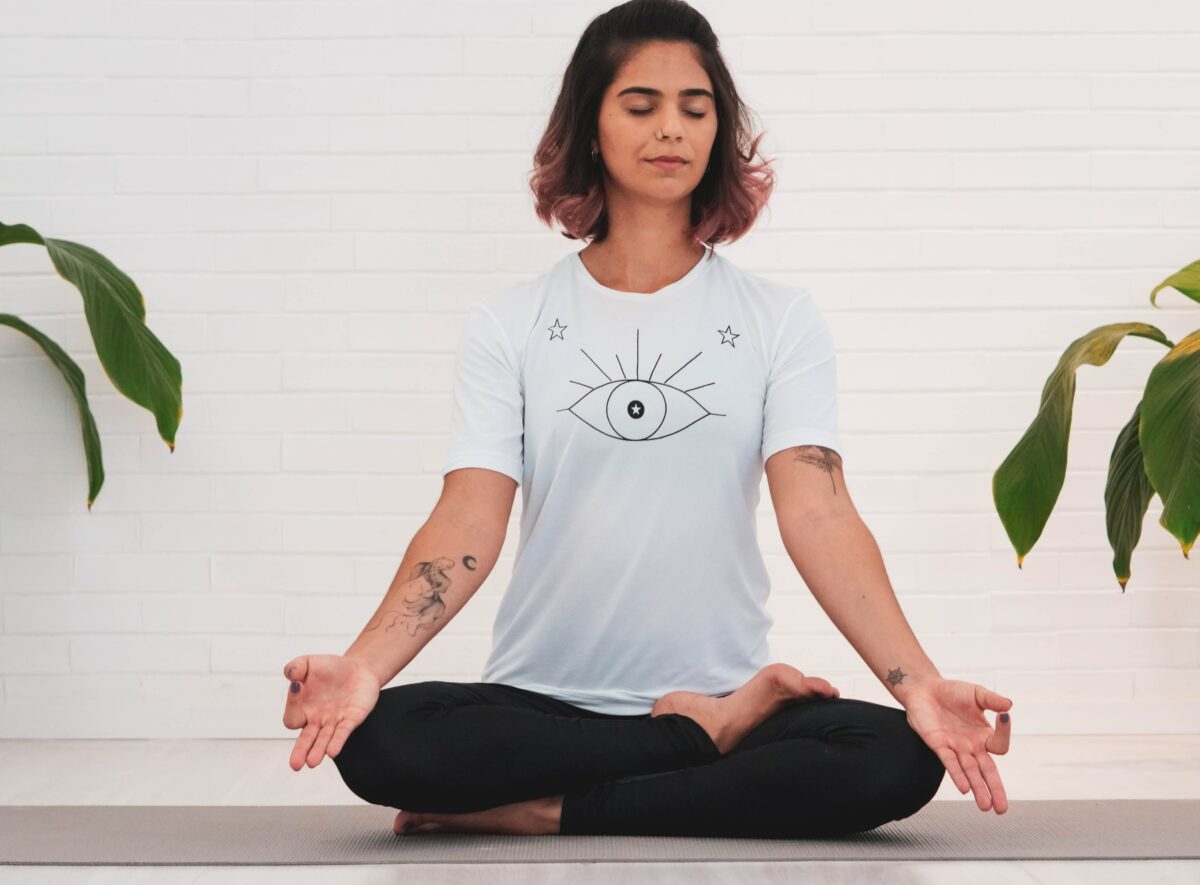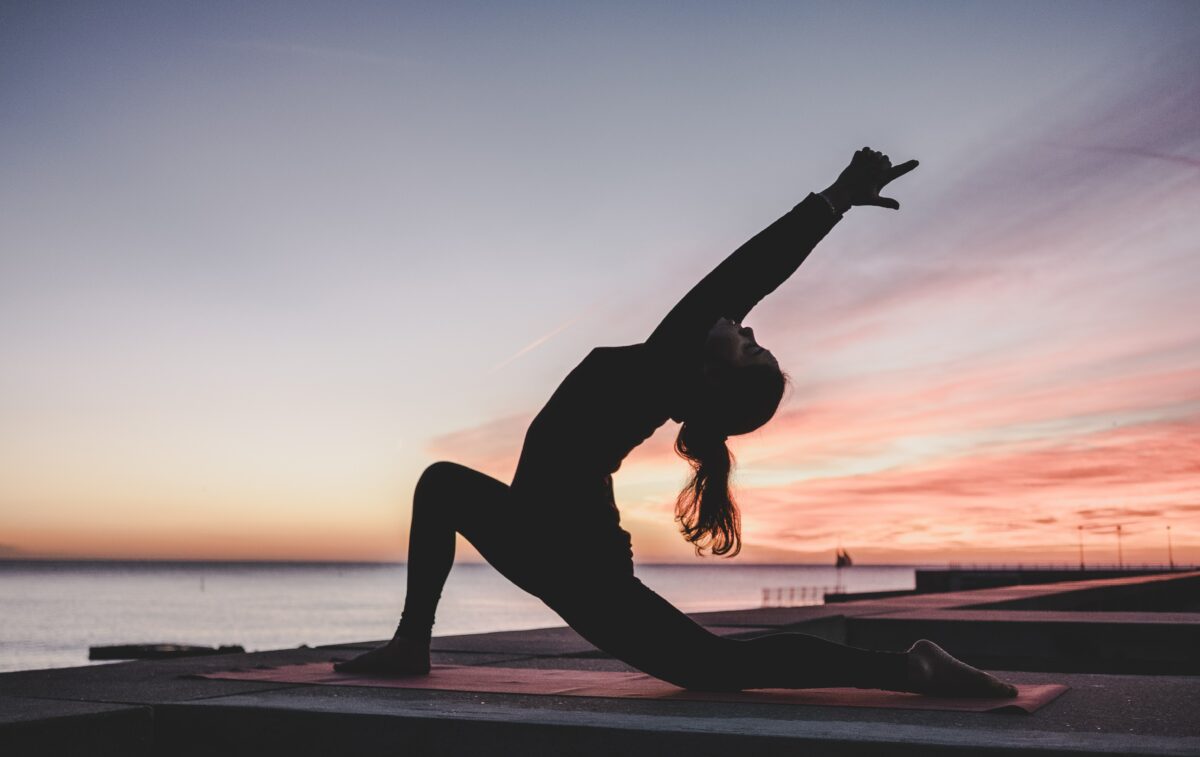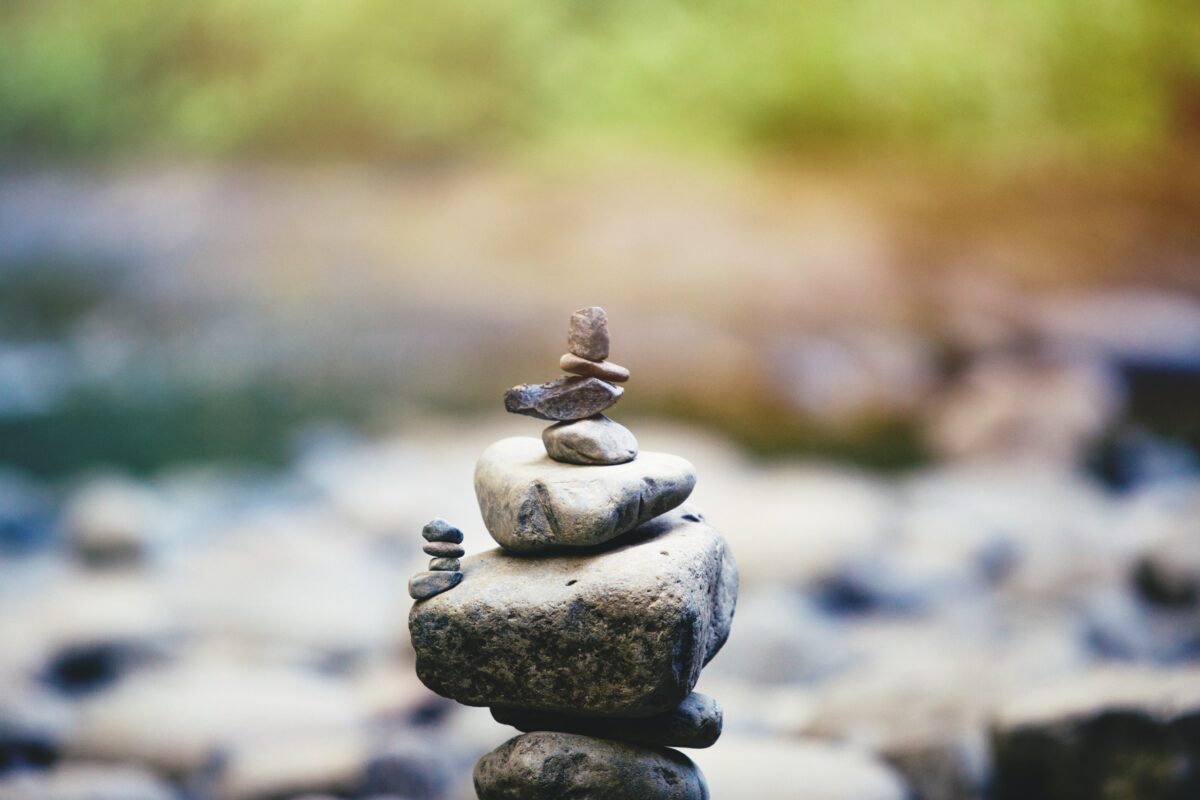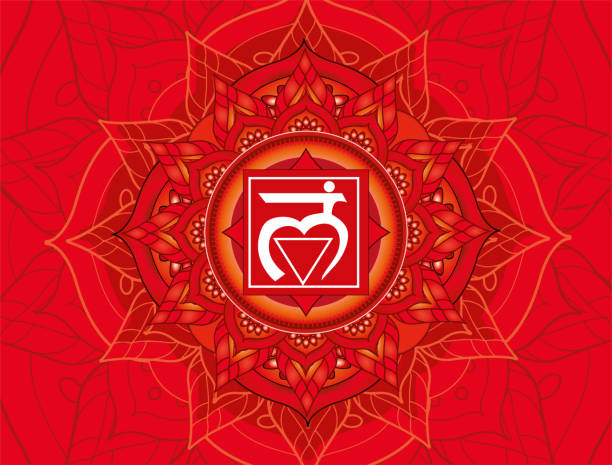Chakra balancing is an important exercise for sustaining ideal physical, emotional, and spiritual health, You may balance your chakras in a variety of ways; you don’t always require a professional’s assistance. You can perform numerous easy exercises at home to align your chakras and enhance your general well-being. We’ll look at some simple methods in this article for chakra balance at home.
- Meditation
Meditation is one of the most effective techniques for balancing your chakras. Find a quiet space where you won’t be interrupted and sit comfortably with your back straight. Close your eyes and take a few deep breaths to relax your body and mind. Focus on each chakra, one at a time, and visualize a ball of light spinning at the location of each chakra. As you focus on each chakra, imagine the light becoming brighter and more vibrant, balancing the flow of energy.
- Yoga
Yoga is another powerful technique for balancing your chakras. Certain yoga poses can help to activate and balance specific chakras. For example, the cobra pose can help to activate the heart chakra, while the warrior pose can help balance the root chakra. Research different yoga poses that target each chakra and incorporate them into your practice.
- Aromatherapy
The use of essential oils in aromatherapy helps to enhance both physical and emotional well-being. Each essential oil is different and has special qualities that can be utilized to balance a particular chakra. For instance, ylang-ylang oil can be used to align the sacral chakra, while lavender oil helps align the crown chakra. To create equilibrium, apply a few drops of the suitable essential oil to your palms and breathe deeply. You can also diffuse the oil in a room.
- Crystal Healing
For millennia, people have used crystals to promote mental, emotional, and spiritual healing. The special qualities of every crystal can be used to balance a particular chakra. Amethyst, for instance, can be utilized to balance the crown chakra, while citrine, is the solar plexus chakra. Put the correct crystal where the matching chakra is located and let it do its magic.
Conclusion
Balancing your chakras is essential for promoting optimal physical, emotional, and spiritual health. While there are many techniques available, you don’t always need to seek professional help. By incorporating simple practices like meditation, yoga, aromatherapy, and crystal healing into your daily routine, you can balance your chakras and promote overall wellbeing. Experiment with different techniques to find what works best for you, and make chakra balancing a regular part of your self-care routine.



